Gallery
Photos from events, contest for the best costume, videos from master classes.
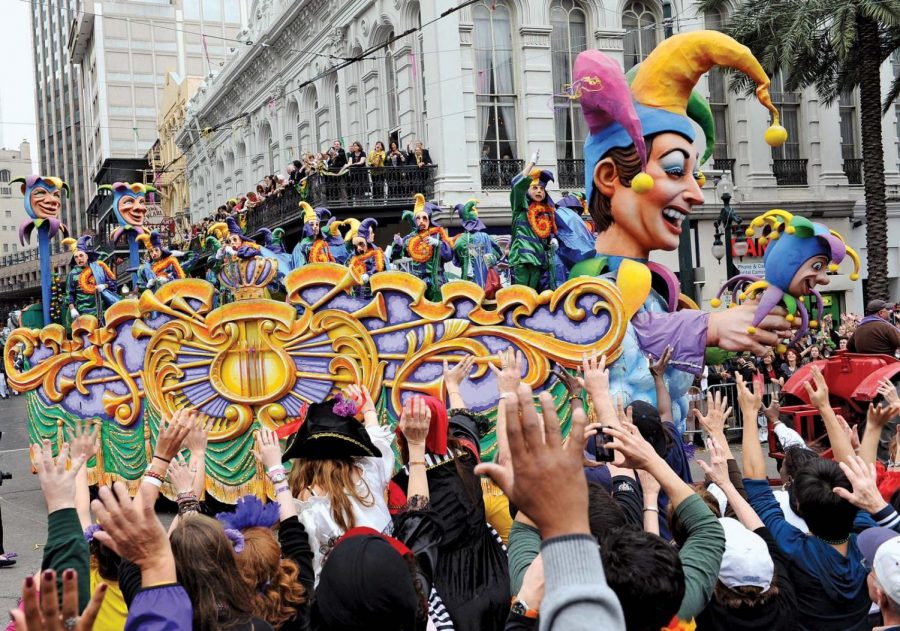 | 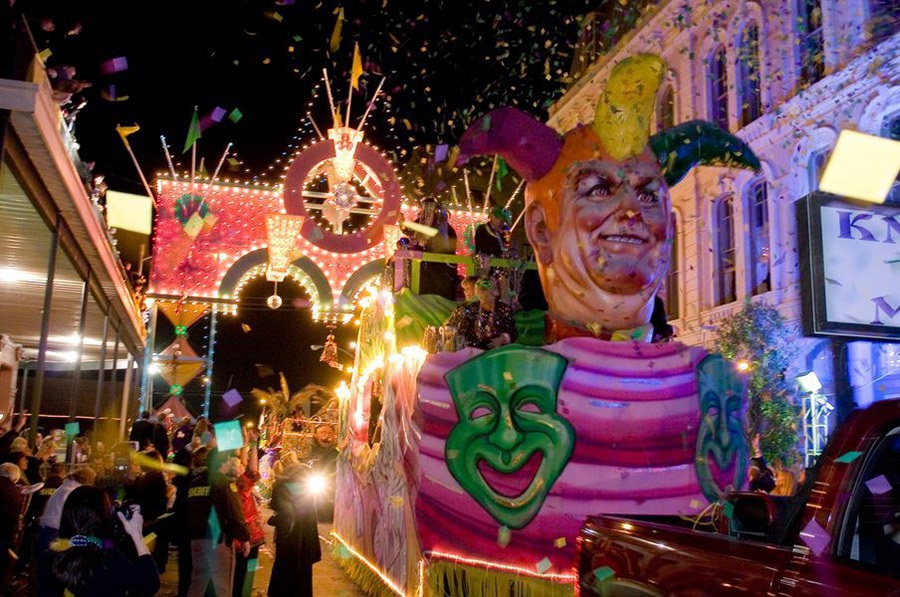 |
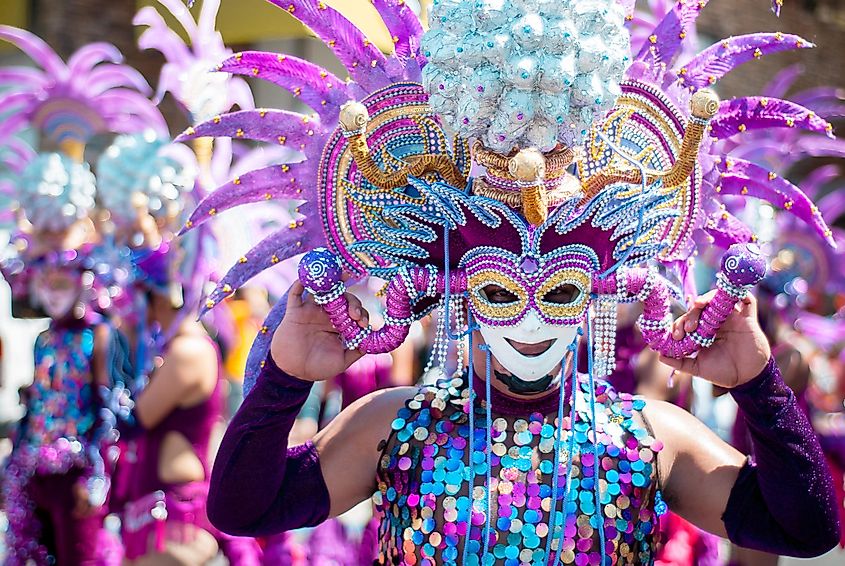 |  |
 |  |
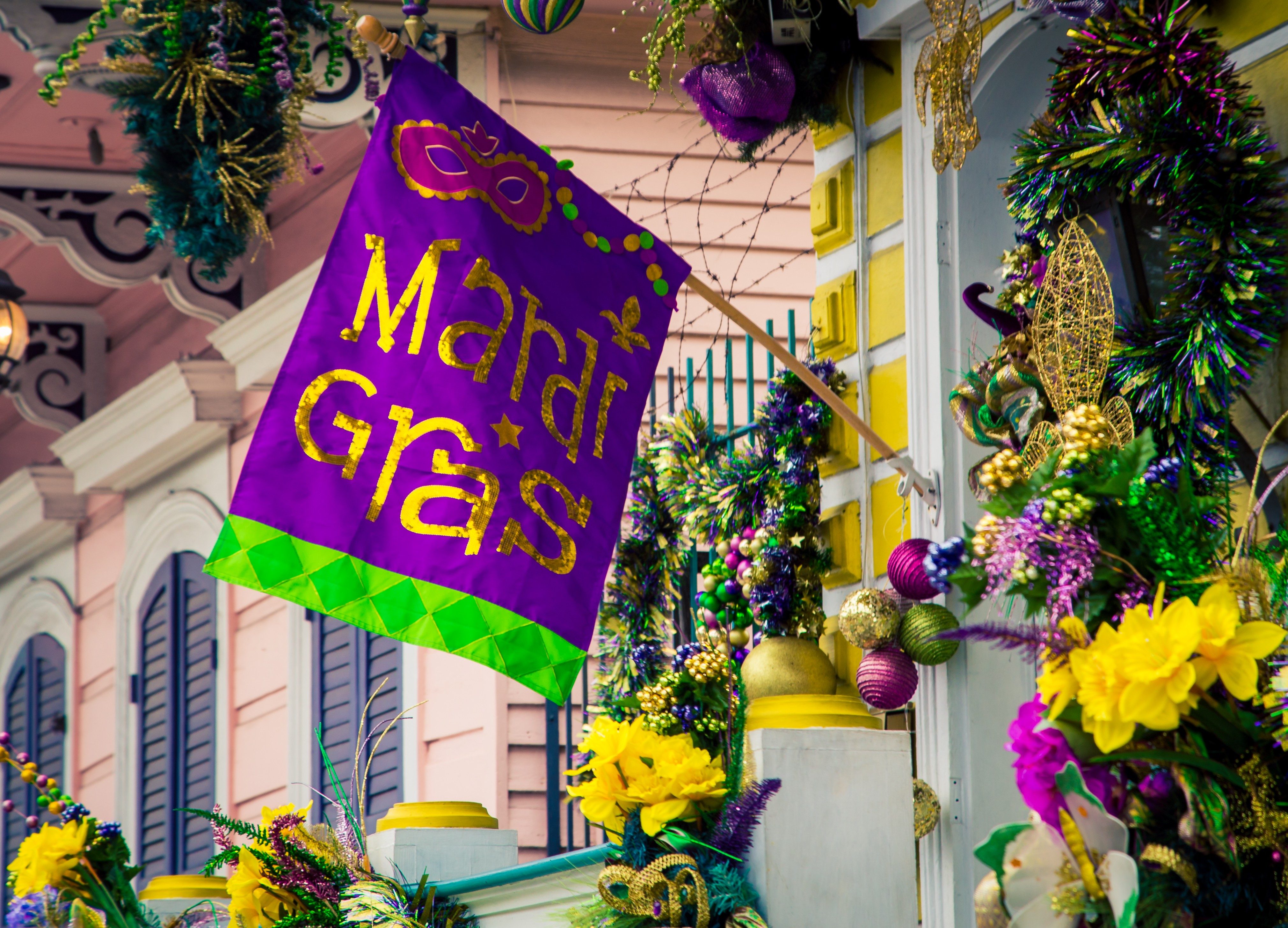 |  |
 |  |
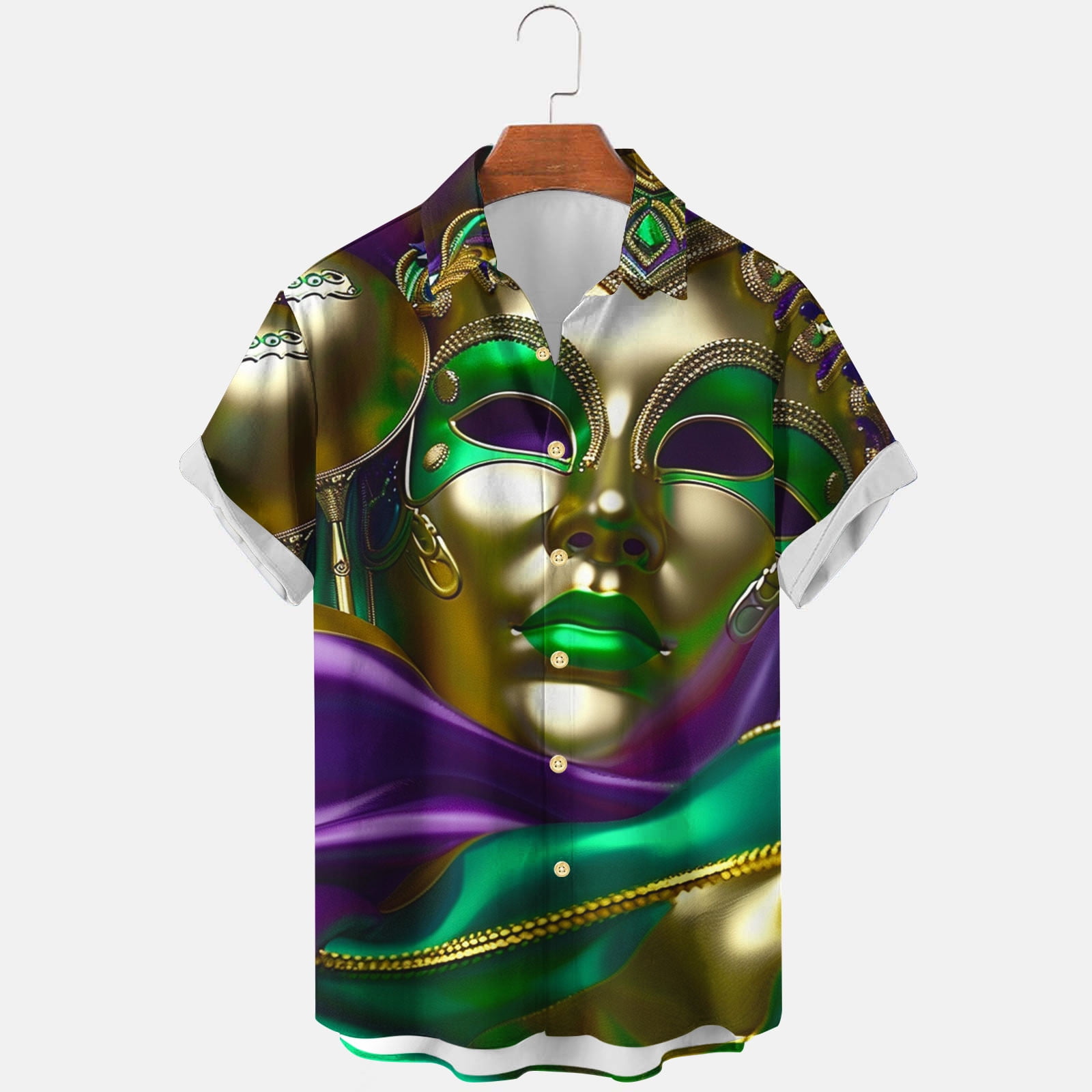 |  |
Mardi Gras is a Christian holiday and popular cultural phenomenon that dates back thousands of years to pagan spring and fertility rites. Also known as Carnival or Carnaval, it’s celebrated in Mardi Gras (UK: / ˌ m ɑːr d i ˈ ɡ r ɑː /, US: / ˈ m ɑːr d i ɡ r ɑː /; [1] [2] also known as Shrove Tuesday) is the final day of Carnival (also known as Shrovetide or Fastelavn); it thus falls on the day before the beginning of Lent on Ash Wednesday. [3] The Carnival season there opens on Twelfth Night (also called Epiphany, which is observed on January 6) and climaxes with the Mardi Gras festivities commencing 10 days before Shrove Tuesday. This period is filled with citywide revelry and elaborate parades, both day and night, building up to Mardi Gras and the Rex parade. In 1870, Mardi Gras' second Krewe, the Twelfth Night Revelers, was formed. This is also the first recorded account of Mardi Gras "throws.". Newspapers began to announce Mardi Gras events in advance, and they even printed "Carnival Edition" lithographs of parades' fantastic float designs (after they rolled, of course - themes and floats were always carefully guarded before the procession). Now, Mardi Gras always falls on the Tuesday before Lent, but Three Kings' Day (January 6), is both the official end of Christmas and the first day of the Carnival season. The origin of king cakes and the funny baby tradition can also be traced to Saturnalia. James R. Creecy in his book Scenes in the South, and Other Miscellaneous Pieces describes New Orleans Mardi Gras in 1835: [3] The Carnival at New Orleans, 1885. Shrove Tuesday is a day to be remembered by strangers in New Orleans, for that is the day for fun, frolic, and comic masquerading. After the Civil War, Comus returned to the parade scene in 1866. Four years later, the Twelfth Night Revelers debuted. This unique group made Carnival history at its 1871 ball when a young women was presented with a golden bean hidden inside a giant cake, signifying her selection as Mardi Gras’ first queen and starting the “king cake” tradition. But Mardi Gras history actually extends all the way back to the days before Christianity in Ancient Rome, and has roots in pagan spring festivals. As with most other holidays with a deep heritage, the traditions and customs of Mardi Gras evolved as it moved through countries, continents, and centuries and became the raucous, joy-filled The origins of Mardi Gras. Mardi Gras traces its roots to ancient Roman festivals like Saturnalia, which involved feasting and revelry. With the advent of Christianity, these traditions were adapted into Carnival—a period of indulgence before the austerity of Lent. Mardi Gras specifically refers to the day before Ash Wednesday, when people There is no pinpointing the origins of the celebration known today as Carnival or Mardi Gras. Indeed, because its most elemental characteristics — drinking and feasting, dancing and music, masks and costumes — extend back into the mists of time, there’s no tidy way to connect the dots between prehistoric cave paintings of dancing stick-like figures wearing animal masks and the modern pre The earliest reference to Mardi Gras "Carnival" appears in a 1781 report to the Spanish colonial governing body. That year, the Perseverance Benevolent & Mutual Aid Association was the first of hundreds of clubs and carnival organizations formed in New Orleans. Shrove Tuesday, also known as Mardi Gras, marks not only the last day of Carnival but also the last day observants can eat meat and enjoy other indulgences before Lent. Every year, as winter fades and spring approaches, the streets of New Orleans explode with color, music, and celebration. Mardi Gras, the grandest festival in Louisiana, is famous for its parades, beads, masked revelers, and deep cultural traditions. When it comes to festivals that celebrate the spirit of revelry and indulgence, two names stand out: Carnival and Mardi Gras.While both are synonymous with vibrant parades, colorful costumes, and extravagant celebrations, they have distinct origins, traditions, and cultural significance. Mardi Gras masks are more than just festive accessories—they carry a rich history and cultural significance. Every detail, Mardi Gras color and design tells a story, and the artists who craft The last place I want to highly is the Louisiana Mardi Gras celebration. The first Mardi Gras celebration in New Orleans might have been the first one in the new world. It was a small celebration by French explorers in the area in 1699, with community celebrations being documented as early as 1730. The Origins of Mardi Gras in France. Mardi Gras (literally “Fat Tuesday”) is originally a catholic event that marks the end of the “week of the seven fat days”.. They were known as “jours charnels” (meaning carnival) in the old days. Brian Costello, author of Carnival in Louisiana: Celebrating Mardi Gras from the French Quarter to the Red River, writes, "The Carnival season and Mardi Gras day trace their roots from the Bacchanalia and Saturnalia ritual promiscuity of Roman times. With the spread of Christianity, similar revelry occurred during the period of carnival (Latin The first use of the words "Mardi Gras" in Louisiana was in 1699, when Pierre le Moyne, Sieur d'Iberville, named a bend in the river "Pointe du Mardi Gras," in honor of that year's Fat Tuesday. However, Carnival was rarely celebrated in the new colony—the early people of the Big Easy found life in the mud-caked huts and thatched roofs of New The tradition of Mardi Gras was introduced to New Orleans by French settlers who arrived in the city in the late 17th century. The first recorded Mardi Gras celebration in the city took place in 1699, when French-Canadian explorer Jean Baptiste Le Moyne de Bienville arrived at a spot along the Mississippi River that would become New Orleans and held a small celebration to mark the occasion.
Articles and news, personal stories, interviews with experts.
Photos from events, contest for the best costume, videos from master classes.
 |  |
 |  |
 |  |
 |  |
 |  |
 |  |